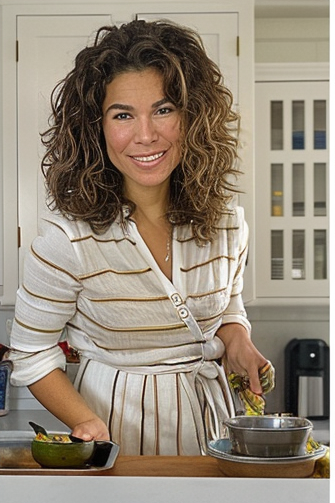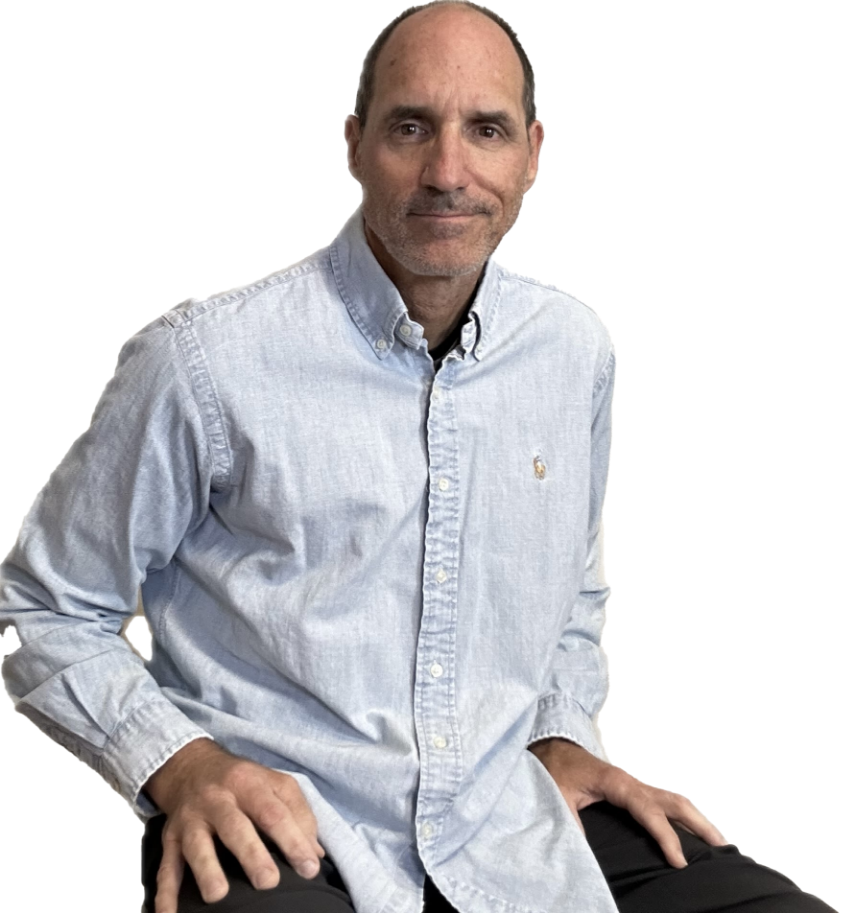Have you ever felt like food is always on your mind—like you’re thinking about what to eat next even when you’re not actually hungry? That constant chatter in your head about snacks or meals? A lot of my clients call that food noise.

It can show up when you’re bored, stressed, tired, or even just sitting at your desk trying to focus. And if you’ve been trying to lose weight, get healthier, or just feel better, food noise can make it all feel harder than it needs to be.
As a health coach, I work with a number of clients who deal with this. And while I don’t treat emotional eating or food-related disorders, I can help people make small, practical changes that help quiet the noise and take back control.
What Is Food Noise, Really?
Food noise is when your brain keeps bringing up thoughts about eating—even when your stomach isn’t growling. Maybe you’re not physically hungry, but you’re craving something… a snack, some comfort, or maybe just a break.
It’s like having a radio playing in the background all day long—and it’s always tuned to the food channel.

So, How Do You Turn It Down?
Here are three simple things you can do that have helped my clients start to quiet the food noise:

- Move a Little
Sometimes, your body just needs a change of pace—not a snack. Taking a quick walk, stretching, or even dancing around your kitchen for a few minutes can help reset your brain and get you out of that “I need food” loop.
Example: One client noticed she always reached for snacks around 3 PM. We tried adding a short walk at that time instead. Within a few days, the urge to snack started fading, and she felt more in charge. - Get Better Sleep
Not getting enough sleep makes cravings worse. When you’re tired, your brain is looking for quick energy, and food (especially sweets or salty stuff) seems like the answer. Getting 7–9 hours of sleep helps your body and brain make better choices. - Add the Right Foods
Instead of focusing on cutting foods out, think about what you can add to help you feel more full and satisfied. Whole foods like fruits, veggies, whole grains, and healthy fats help keep your blood sugar steady—and that can help reduce cravings and random food thoughts.
Tip: Keep a few healthy snacks ready to go—like an apple with nut butter or a handful of nuts and fruit. That way, when you are hungry, you’ve got something that actually helps your body feel better, not worse.

You’re Not the Only One Dealing with This
A lot of the people I coach deal with food noise. That includes folks who are thinking about taking GLP-1 meds (like Ozempic or Wegovy), people already on them, and even those who’ve stopped and are trying to figure out what’s next.
Wherever you are on that path, food noise can still be part of the story—but it doesn’t have to run your life.
You can absolutely make progress, even if you’ve been stuck for a long time. I’ve seen clients go from feeling overwhelmed by cravings to feeling calm, in control, and way more confident about how they eat.

Want Some Help?
If this sounds like you, I’d love to offer you a free 1-hour call. We’ll chat about what’s going on, where you want to be, and how you can take the first steps toward feeling more in control of your eating—and your energy.
Click HERE to Schedule your free call.
You’re not broken. You’re not weak. You just need the right tools and a little support. Let’s quiet the food noise—together.

Mike Thomas is a registered pharmacist and a Mayo Clinic-trained, board-certified health coach. He specializes in helping busy professionals overcome low energy, high stress, and chronic pain to reclaim their health and vitality.
Learn More about Mike HERE
This blog is for educational and informational purposes only and solely as a self-help tool for your own use. I am not providing medical, psychological, or nutrition therapy advice. You should not use this information to diagnose or treat any health problems or illnesses without consulting your own medical practitioner. Always seek the advice of your own medical practitioner and/or mental health provider about your specific health situation. For my full Disclaimer, please go to CoachMikeThomas.com.
